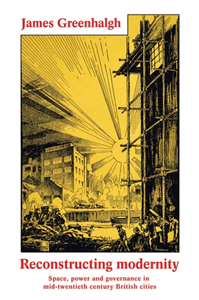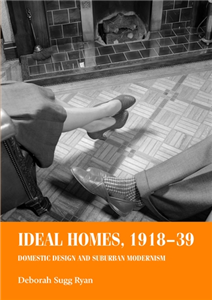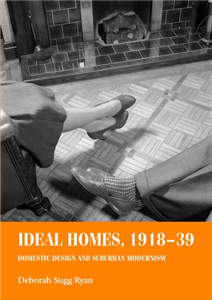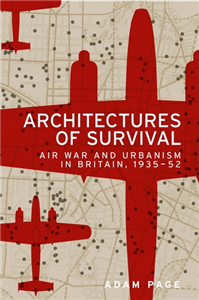Designs on modernity
Exhibiting the city in 1920s Paris
by Tag Gronberg
Presents the 1925 Paris Exhibition as a key moment in attempts to update the image of Paris as "capital of the 19th century". At the Exposition Internationale des Arts Decoratifs et Industriels Modernes, Paris itself, as much as the commodity, was put on show. This text focuses on the Exhibition as a set of contesting representations of the modern city, stressing the importance of consumption and display for concepts of urban modernity. Here Le Corbusier's "Pavillon de L'Esprit Nouveau" with its "Plan Voisin" for the redesign of Paris confronted another equally up-to-date city - Paris "a woman's city", world centre of fashion and shopping. Taking as her starting point one of the most dramatic 1925 exhibits, the Rue des Boutiques which spanned the river Seine, the author analyzes the contemporary significance of the small Parisian luxury shop. She demonstrates how boutiques, conceived both as urbanism and as advertising, redefined Paris as the modern city. ;























